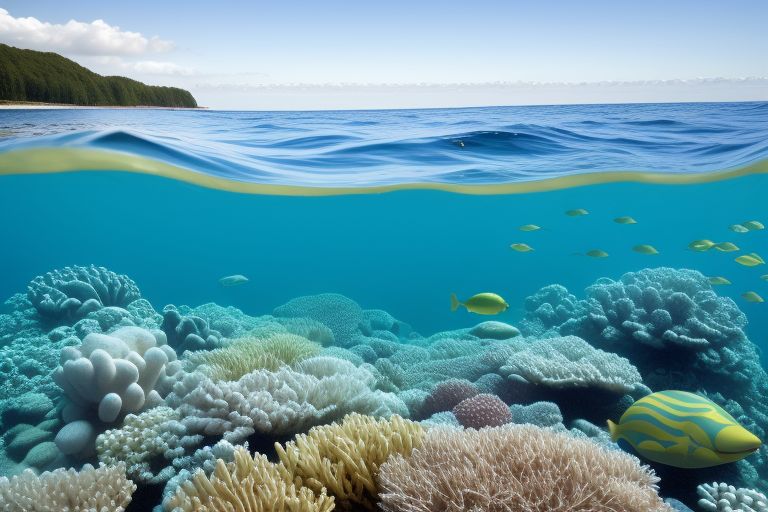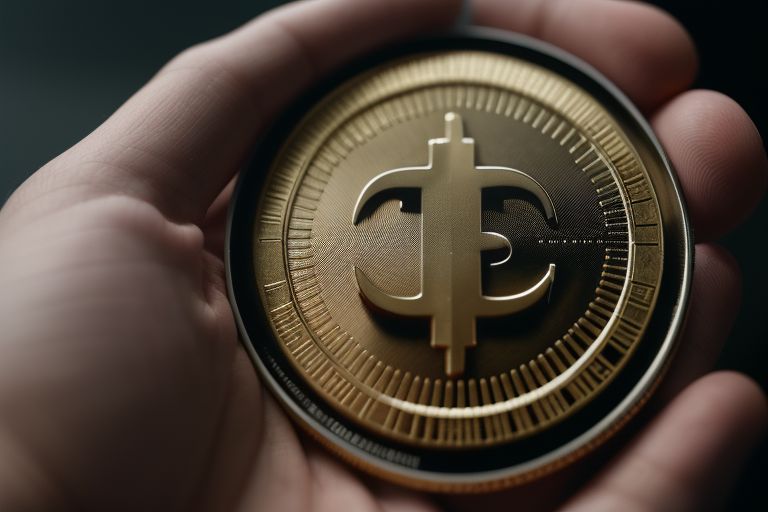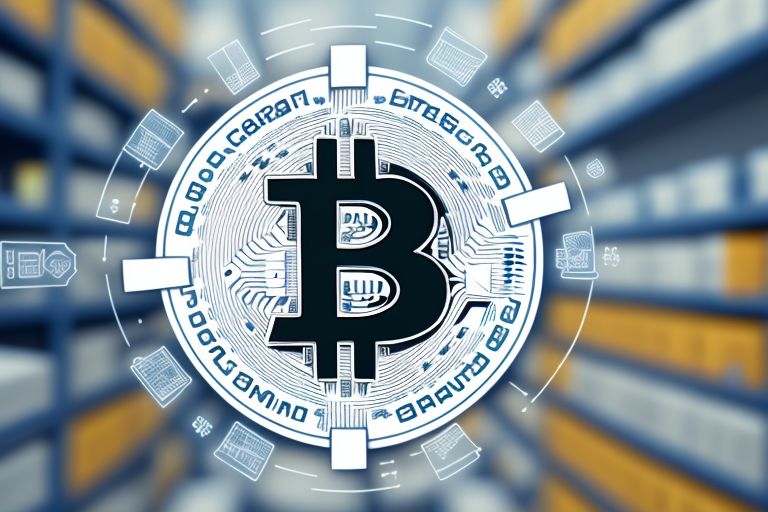In the ongoing quest for faster and more reliable internet, significant advancements are being made in the realm of undersea cabling. These submarine cables, which stretch across the ocean floors, are crucial for global data transmission, connecting continents and enabling the rapid exchange of information that powers the modern digital world. This article explores the latest developments in undersea cabling and their implications for global connectivity.
The Importance of Undersea Cables
Undersea cables are the backbone of international communications, carrying about 99% of the world’s data traffic. These cables are typically as thick as a garden hose and consist of fiber-optic technology, which uses light to transmit data at high speeds. They are preferred over satellite transmission due to their lower latency and higher reliability.
Recent Advances in Undersea Cable Technology
1. Increased Capacity and Speed
Recent technological advancements have significantly increased the capacity and speed of undersea cables. New fiber-optic technologies, such as spatial division multiplexing, allow more data to be transmitted simultaneously, dramatically increasing throughput. Companies like Google, Facebook, and Amazon are investing in these high-capacity cables to meet the surging demand for cloud computing and online services.
2. Enhanced Durability and Longevity
Modern undersea cables are designed to be more durable against environmental challenges such as ocean currents, fishing, and marine life activities. New materials and designs are being utilized to protect cables from external damage and extend their operational lifespan, which is crucial for ensuring consistent global connectivity.
3. Route Diversification
To reduce the risk of connectivity outages, cable operators are diversifying the routes of these cables. By avoiding geopolitical hotspots and regions prone to natural disasters such as earthquakes and tsunamis, providers aim to enhance the resilience of the global internet infrastructure.
Economic and Strategic Importance
The expansion and upgrading of undersea cables are not just technical challenges; they are also of immense economic and strategic importance. They play a critical role in global trade, enabling businesses to operate across borders and continents in real time. Furthermore, countries view these cables as critical infrastructure, integral to national security and global economic standing.
Challenges Facing Undersea Cabling
Despite their importance, the deployment and maintenance of undersea cables face several challenges:
- High Costs: The installation of undersea cables involves high costs, from surveying routes to laying the cables and maintaining them.
- Political and Legal Issues: The laying of cables often involves navigating complex political and legal landscapes, as these cables traverse international waters and touch multiple countries’ jurisdictions.
- Environmental Concerns: There is also the need to consider the environmental impact of laying cables on the ocean floor, which can affect marine ecosystems.
Future Prospects
Looking forward, the demand for faster internet and increased global connectivity will continue to drive innovations in undersea cable technology. We are likely to see further advances in the capacity, speed, and durability of these cables, along with smarter network management technologies that can optimize data flow in real time.
Projects like Google’s “Grace Hopper” cable, which features novel switching technology to better handle network traffic, and Facebook’s “2Africa” cable, poised to be the longest in the world, underscore the dynamic nature of this field. These developments not only promise to enhance global internet capacity but also to make connectivity more robust and reliable across continents.
Conclusion
As the digital economy grows, so too does the importance of undersea cabling in supporting the vast data needs of the modern world. Through continuous technological advancements and strategic investments, undersea cables are set to remain a crucial component of global infrastructure, underpinning the seamless flow of information and the interconnectivity of the digital age.





















+ There are no comments
Add yours